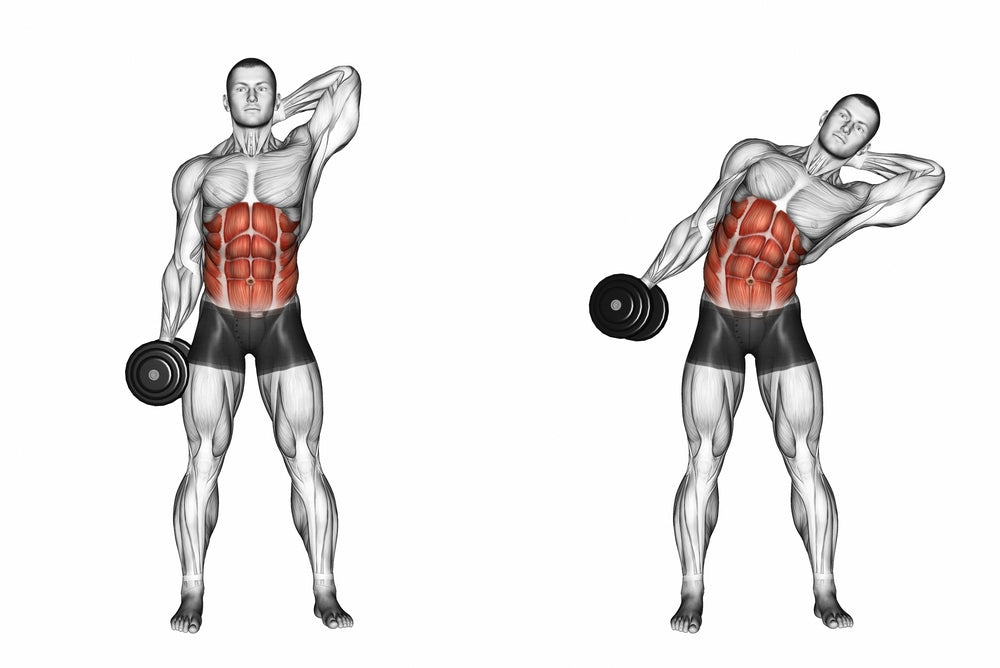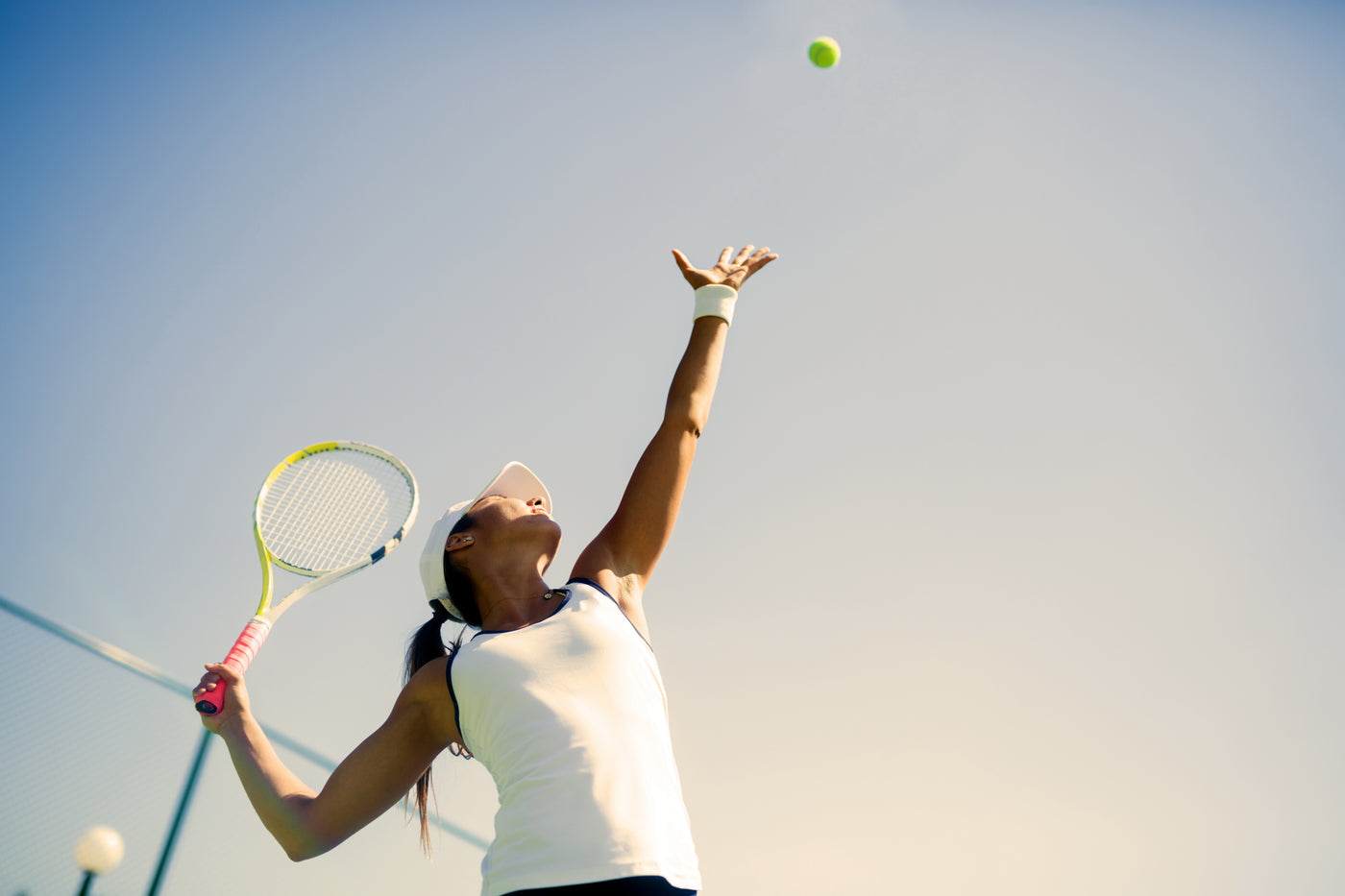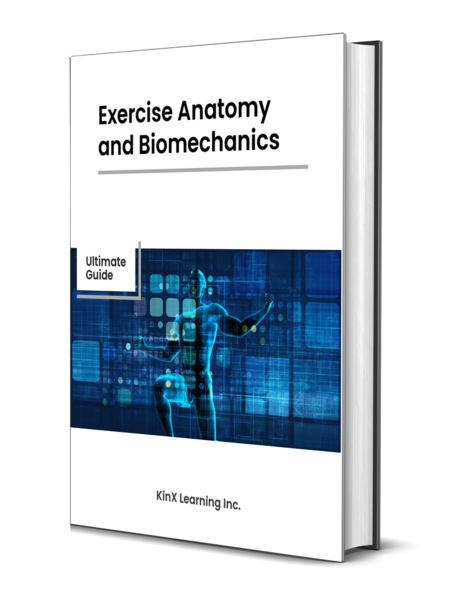Exercise Anatomy
Side Bend
Side Bend is a simple yet effective exercise for targeting the muscles along the sides of your torso, namely the obliques. By incorporating lateral flexion, this movement helps strengthen and tone the waistline, contributing to a more sculpted midsection. Including Side Bends in your routine adds a dynamic element to core training, promoting balance and symmetry in your abdominal muscles. It's a quick and impactful exercise for those seeking to enhance core stability and define the waistline.

Major Muscles and Actions Involved
During the Side Bend exercise, the primary joint action is lateral flexion of the spine, where the upper body bends sideways. This movement engages the muscles along the sides of the torso, primarily targeting the external obliques. Additionally, the internal obliques and the quadratus lumborum are involved in supporting and stabilizing the lateral flexion of the spine during the exercis

Sports Uses
Side Bends offer direct benefits for athletes engaged in various sports that require lateral movement, rotational stability, and core strength. In sports like golf and tennis, where rotational power is crucial for effective swings, incorporating Side Bends helps strengthen the obliques and enhance torso stability during these dynamic movements. Additionally, athletes in sports that involve side-to-side agility, such as basketball or soccer, can benefit from improved lateral core strength, aiding in quick changes of direction and lateral stability. For individuals participating in activities like swimming or kayaking, where lateral movements are inherent, Side Bends contribute to overall core stability, helping maintain balance in water-based sports. Integrating this exercise into training routines can provide a targeted approach to developing lateral strength, contributing to improved performance and injury prevention in sports that involve multi-directional movements.
Exercise Tips
- Technique: Stand with feet shoulder-width apart, maintaining a neutral spine. Place one hand on your hip and let the other hand hang freely by your side.
- Range of Motion: Execute controlled lateral flexion, leaning to one side without tilting forward or backward. Aim for a comfortable stretch along the side of your torso.
- Amount of Weight Used: Start with a light weight or no weight at all, especially if you're new to the exercise. Focus on mastering the form before adding resistance.
- Grip: For added stability, lightly clasp your hands together or keep the non-supporting hand on your hip. Avoid gripping excessively to ensure proper engagement of the obliques.
- Variations: Explore variations by holding a dumbbell or kettlebell in the non-supporting hand to increase resistance. Additionally, you can perform the exercise seated or incorporate a stability ball for added challenge.
- Unique Muscle Involvement: Side Bends primarily target the external obliques, but also engage the internal obliques and quadratus lumborum. Emphasize the contraction of these muscles during the lateral flexion.
- Breathing: Inhale as you prepare for the movement, and exhale as you perform the side bend. Maintain a natural breathing rhythm to enhance stability and avoid breath-holding.
- Stance: Keep a stable stance with equal weight distribution on both feet. Avoid locking your knees and maintain a slight bend to enhance balance and stability.
- Controlled Eccentric Phase: Pay attention to the lowering (eccentric) phase of the movement. Resist the urge to let your torso drop quickly, emphasizing control for optimal muscle engagement.
- Progression: Gradually increase the range of motion and resistance as your strength improves. Focus on the quality of the movement, ensuring a smooth and controlled lateral flexion for maximum benefit.
The Side Bend vs The reverse Trunk Twist
The side bend and reverse trunk twist are distinct exercises with different emphases on core muscles, including the quadratus lumborum (QL). The side bend primarily engages the lateral muscles, especially the obliques, promoting side-to-side flexibility and stability. In contrast, the reverse trunk twist targets rotational movement, activating the obliques and transverse abdominis to enhance rotational strength.
When it comes to the quadratus lumborum, the side bend places a significant load on this muscle, contributing to lateral stability and strengthening the QL's role in lateral flexion. On the other hand, the reverse trunk twist also involves the QL by engaging it in rotational movement, aiding in the development of rotational strength and stability.
In summary, while the side bend emphasizes lateral flexion and the QL's role in that motion, the reverse trunk twist focuses on rotational movement, engaging the QL in a different way to enhance rotational strength and stability in the core. Incorporating both exercises can provide a well-rounded approach to core training, targeting various muscle groups for overall functional fitness.

Want to Learn More?
Try our premium ebook, Exercise Anatomy and Biomechanics: Ultimate Guide.
Satisfaction guaranteed.
